Related Products
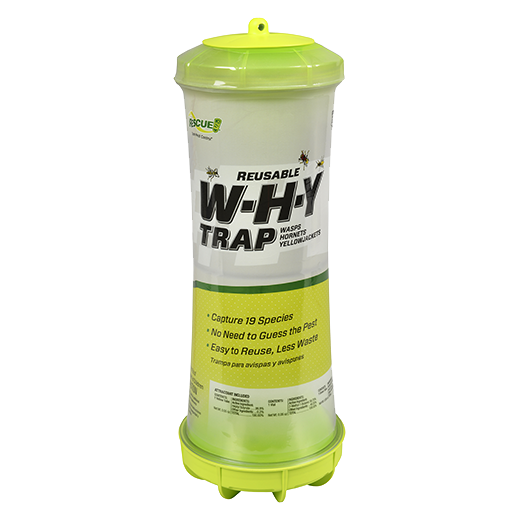
W·H·Y Trap for Wasps, Hornets & Yellowjackets
The W·H·Y Trap has two chambers and three lures to catch 19 d...
VIEW PRODUCT »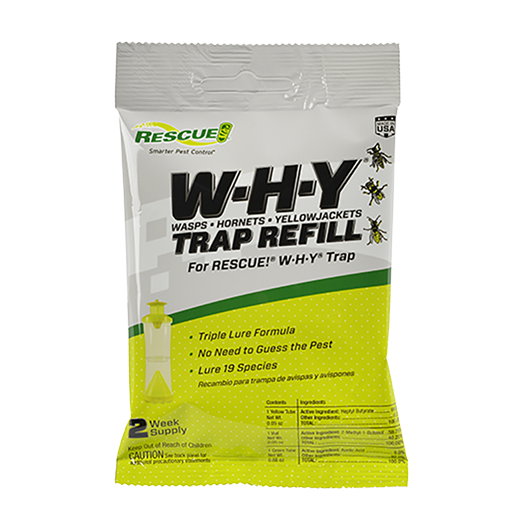
RESCUE! W·H·Y Trap Refill Kit
The RESCUE! W·H·Y® Refill Kit works inside the W&mid...
VIEW PRODUCT »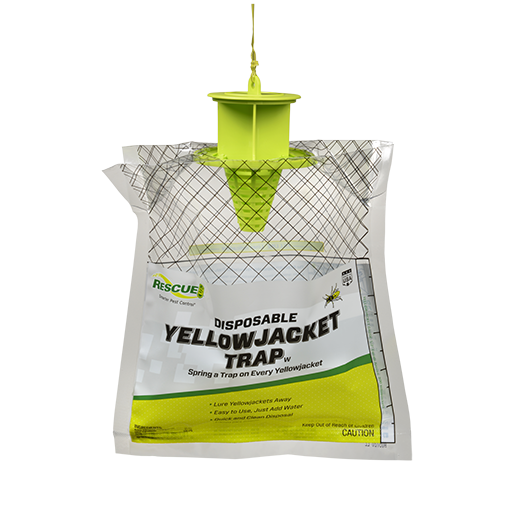
Yellowjacket Trap, Disposable
Like our reusable trap, the RESCUE! Disposable Yellowjacket Trap features t...
VIEW PRODUCT »
Yellowjacket Trap, Reusable
The RESCUE! Reusable Yellowjacket Trap has a unique trap design that p...
VIEW PRODUCT »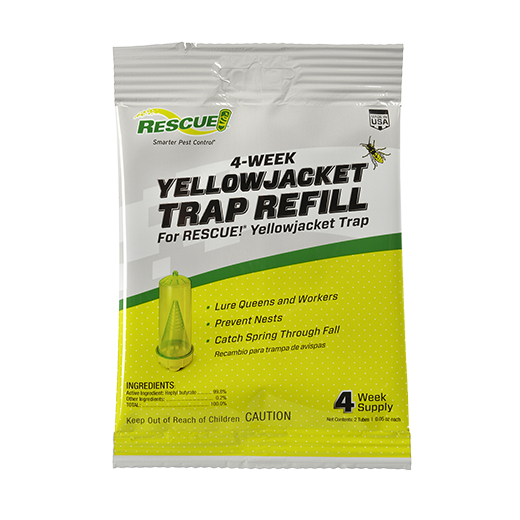
RESCUE! Yellowjacket Refill
The RESCUE! Yellowjacket Refill works inside the RESCUE! Yellowja...
VIEW PRODUCT »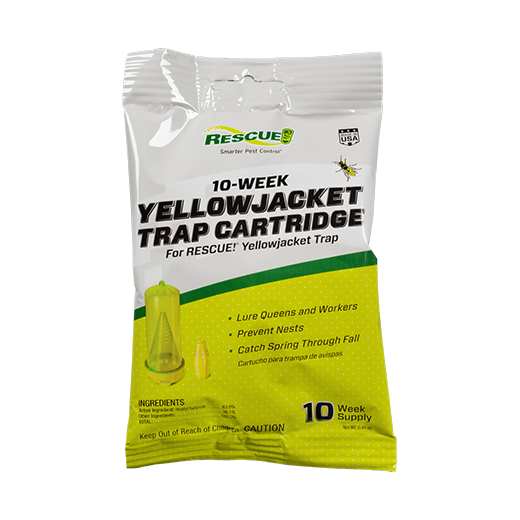
RESCUE! Yellowjacket 10-Week Cartridge
The RESCUE! Yellowjacket 10-Week Cartridge works inside the RESCUE! Ye...
VIEW PRODUCT »Blackjacket (Vespula Consobrina)
When is a yellowjacket not a yellow jacket? When it’s a Blackjacket!
Geographic Region
Blackjackets are found on the West Coast, part of the Rocky Mountain range, Upper Midwest, Northeast and the southern part of Alaska.
Natural Habitat
Blackjackets are primarily located in heavily forested areas. Their nests are typically subterranean rodent burrows, but may be found in logs or rock cavities and buildings.
Weather Conditions
Blackjacket colonies get established and thrive in hot, dry weather.
Behavior
Aggressiveness of blackjackets is often dependent on colony size, with larger colonies being more easily agitated. Blackjackets are not usually in contact with humans, so there is less possibility of stinging incidents -- although they present a problem for loggers. Adult blackjackets are attracted to sugary secretions and collect protein for the larvae.
Unique Characteristics
Blackjackets are black and white (or very pale yellow), with pale posterior bands, of various widths, on most of the abdomen segments. The compound eye almost touches the mandible (jaw).


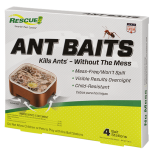 Ant Baits
Ant Baits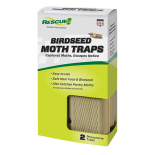 Birdseed Moth Trap
Birdseed Moth Trap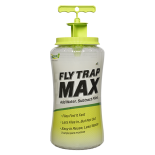 Fly Trap Max
Fly Trap Max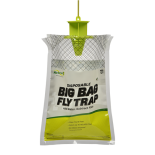 Fly Trap, Big Bag
Fly Trap, Big Bag 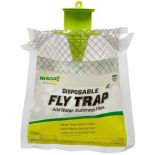 Fly Trap, Disposable
Fly Trap, Disposable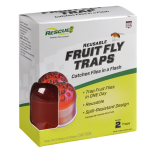 Fly Trap, Fruit Fly
Fly Trap, Fruit Fly Fly Trap, POP! Fly
Fly Trap, POP! Fly 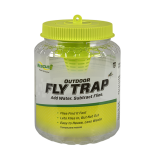 Fly Trap, Reusable
Fly Trap, Reusable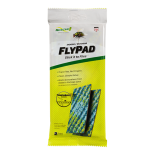 FlyPad
FlyPad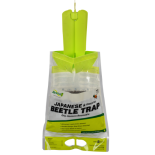 Japanese & Oriental Beetle Trap
Japanese & Oriental Beetle Trap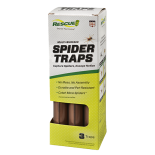 Spider Trap
Spider Trap TrapStik, Carpenter Bee
TrapStik, Carpenter Bee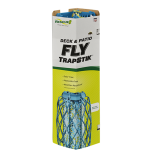 TrapStik, Deck & Patio Fly
TrapStik, Deck & Patio Fly 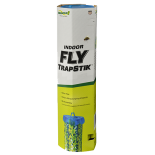 TrapStik, Indoor Fly
TrapStik, Indoor Fly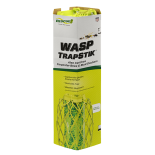 TrapStik, Wasp
TrapStik, Wasp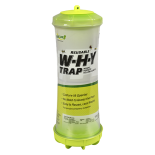 W·H·Y Trap for Wasps, Hornets & Yellowjackets
W·H·Y Trap for Wasps, Hornets & Yellowjackets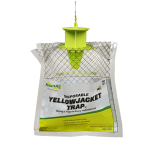 Yellowjacket Trap, Disposable
Yellowjacket Trap, Disposable 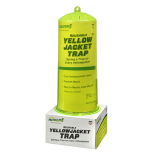 Yellowjacket Trap, Reusable
Yellowjacket Trap, Reusable 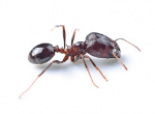 Ants
Ants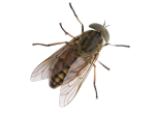 Biting Flies
Biting Flies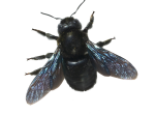 Carpenter Bees
Carpenter Bees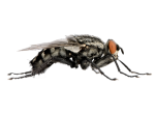 Flies
Flies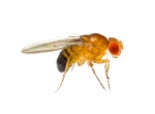 Fruit Flies
Fruit Flies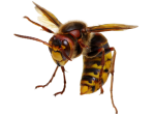 Hornets
Hornets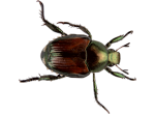 Japanese Beetles
Japanese Beetles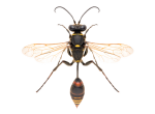 Mud Daubers
Mud Daubers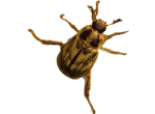 Oriental Beetles
Oriental Beetles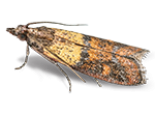 Birdseed & Pantry Moths
Birdseed & Pantry Moths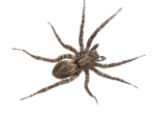 Spiders
Spiders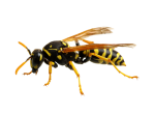 Wasps
Wasps Yellowjackets
Yellowjackets